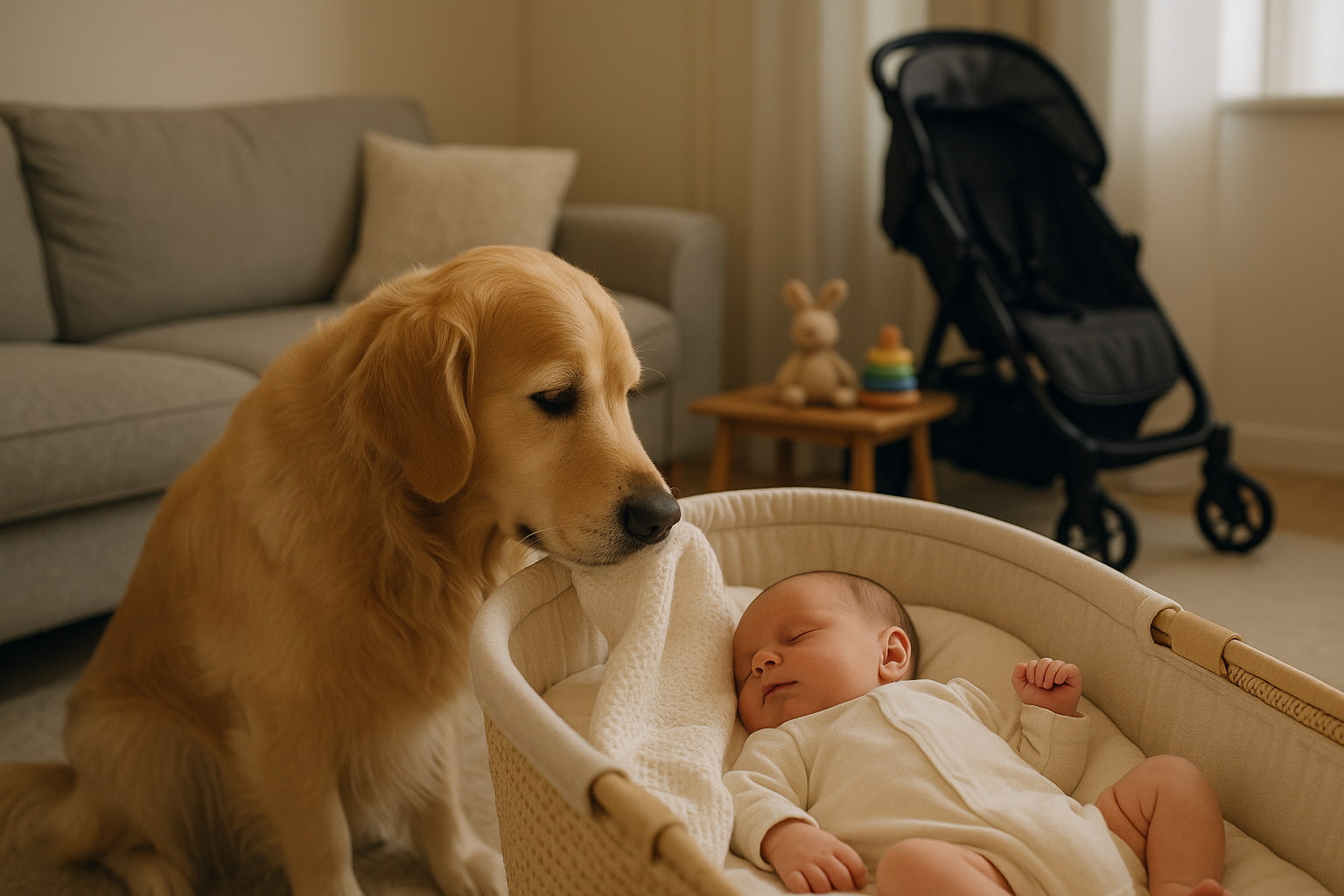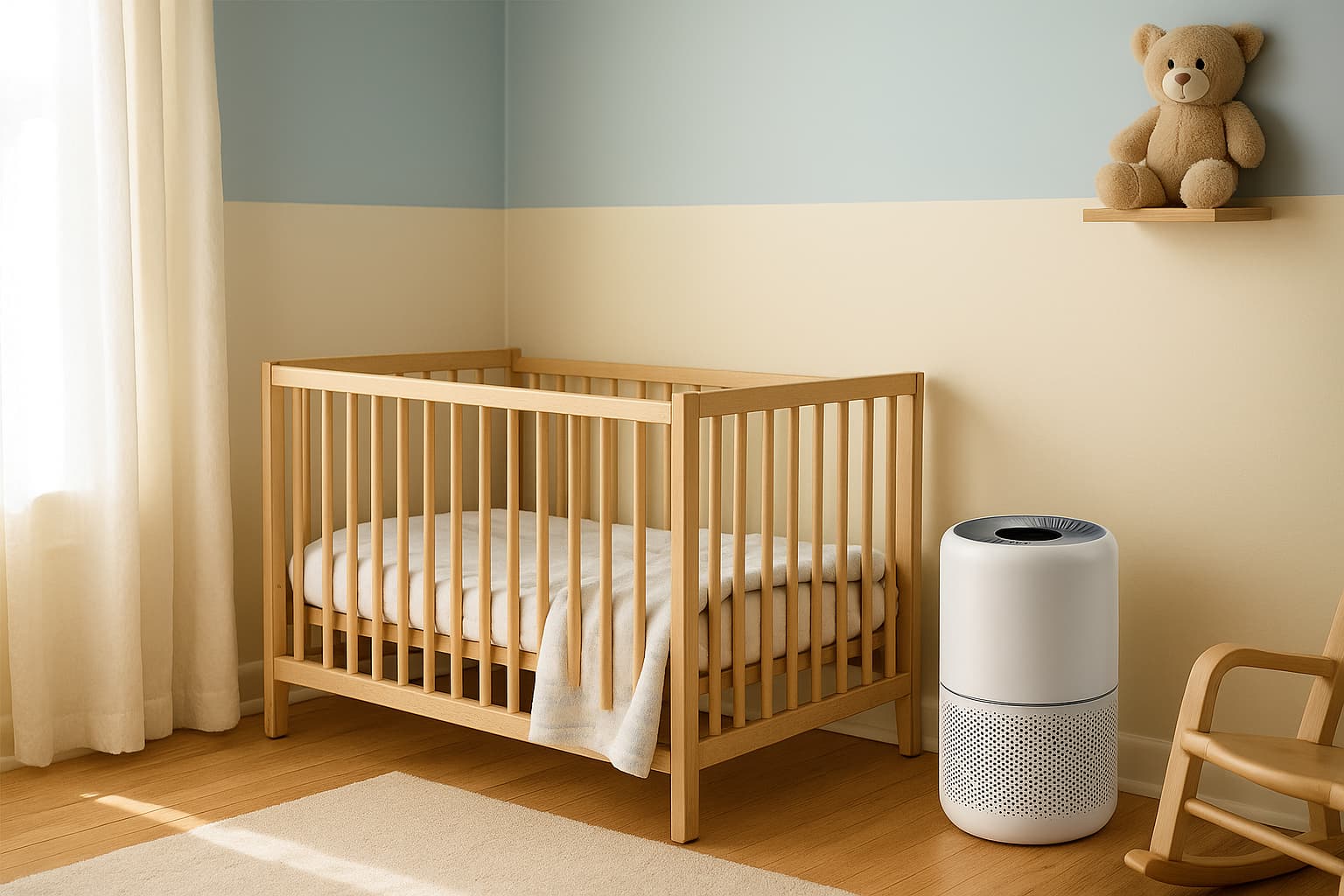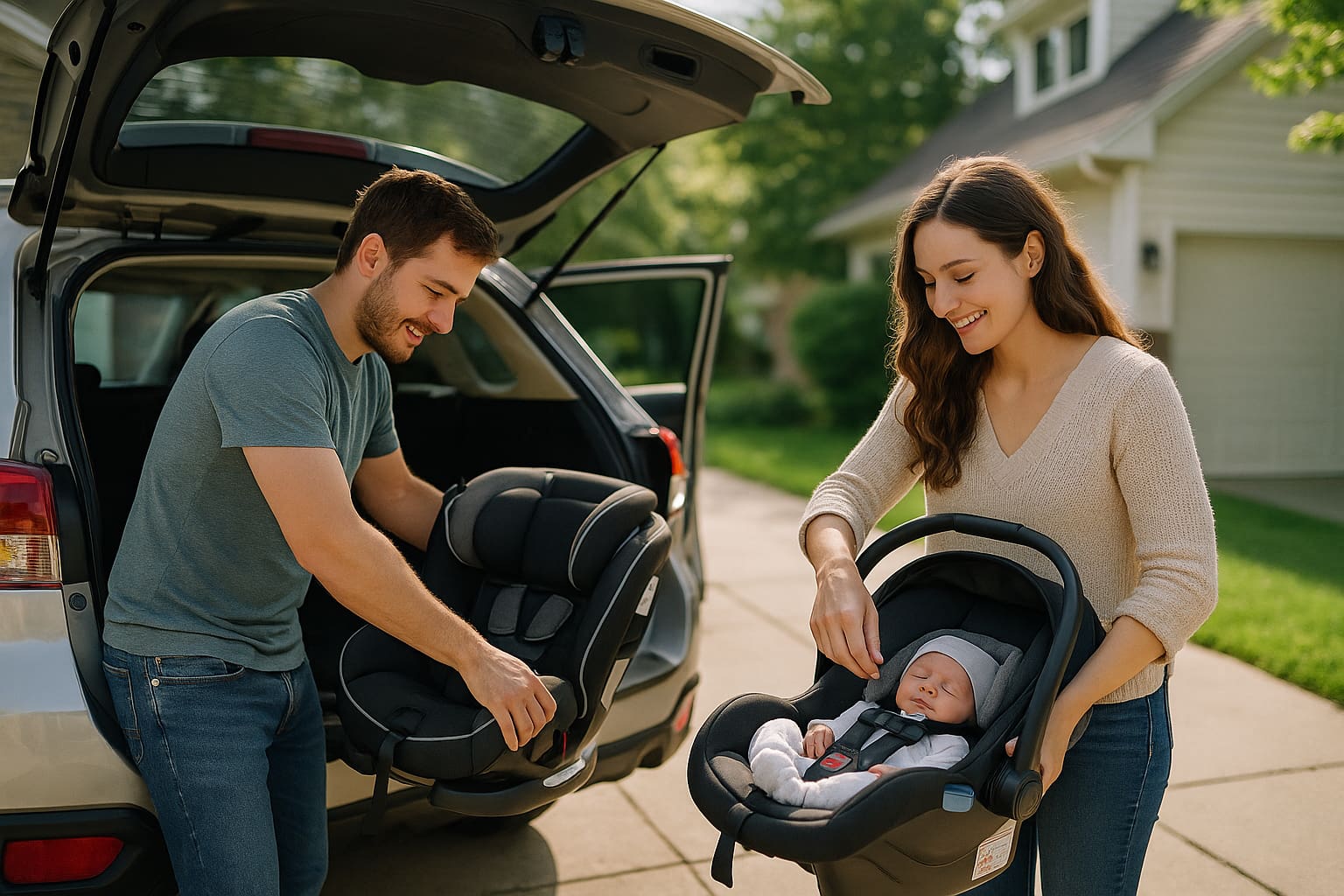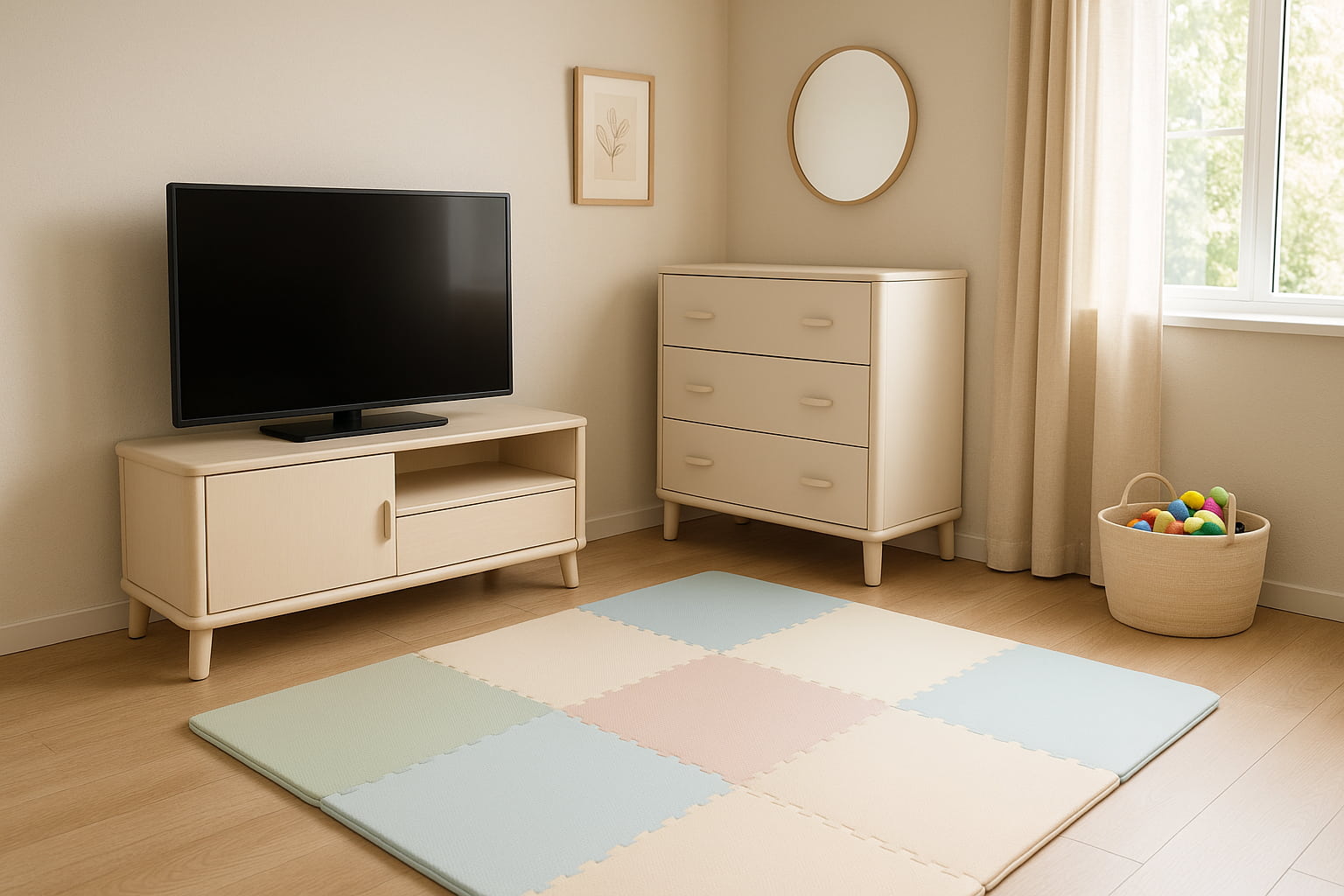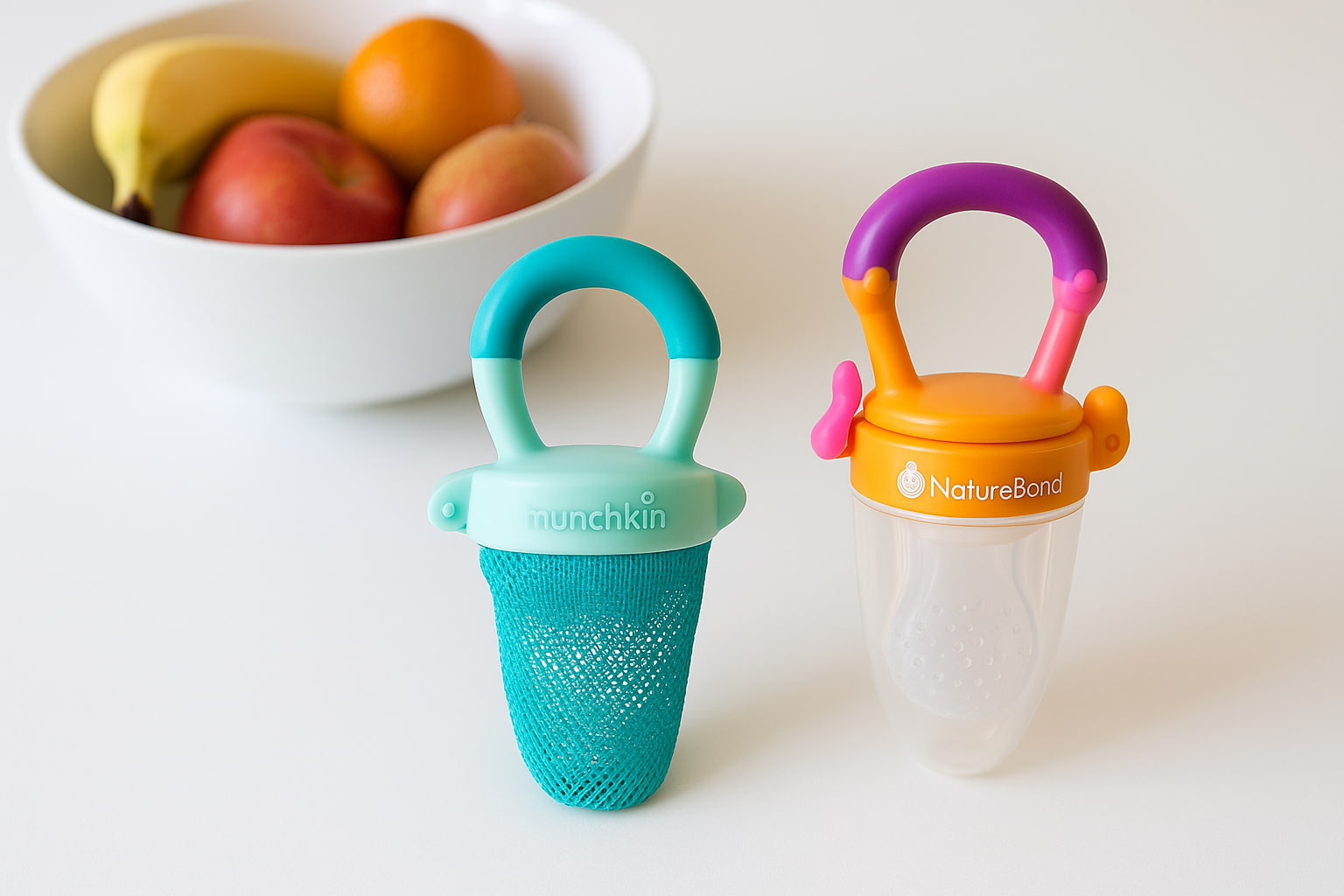Bringing home a baby is emotional enough, and when you’re also introducing pets to newborns, it can feel overwhelming. Whether it’s excitement, worry, or just not knowing where to start, you’re not alone.
Maybe you’re:
- Unsure if your dog or cat will react calmly
- Worried about jealousy, stress, or unexpected aggression
- Trying to avoid overreacting, but also don’t want to miss anything important
If that sounds familiar, this guide is for you. You’ll find expert-backed steps and real-life experience to help make the transition smooth, safe, and stress-free for everyone in your family.
🛠️ Step 1: Prep Your Pet Before Baby Comes Home
You wouldn’t invite a houseguest without warning your roommate. The same logic applies here, except your “roommate” has fur and four paws. 🐾
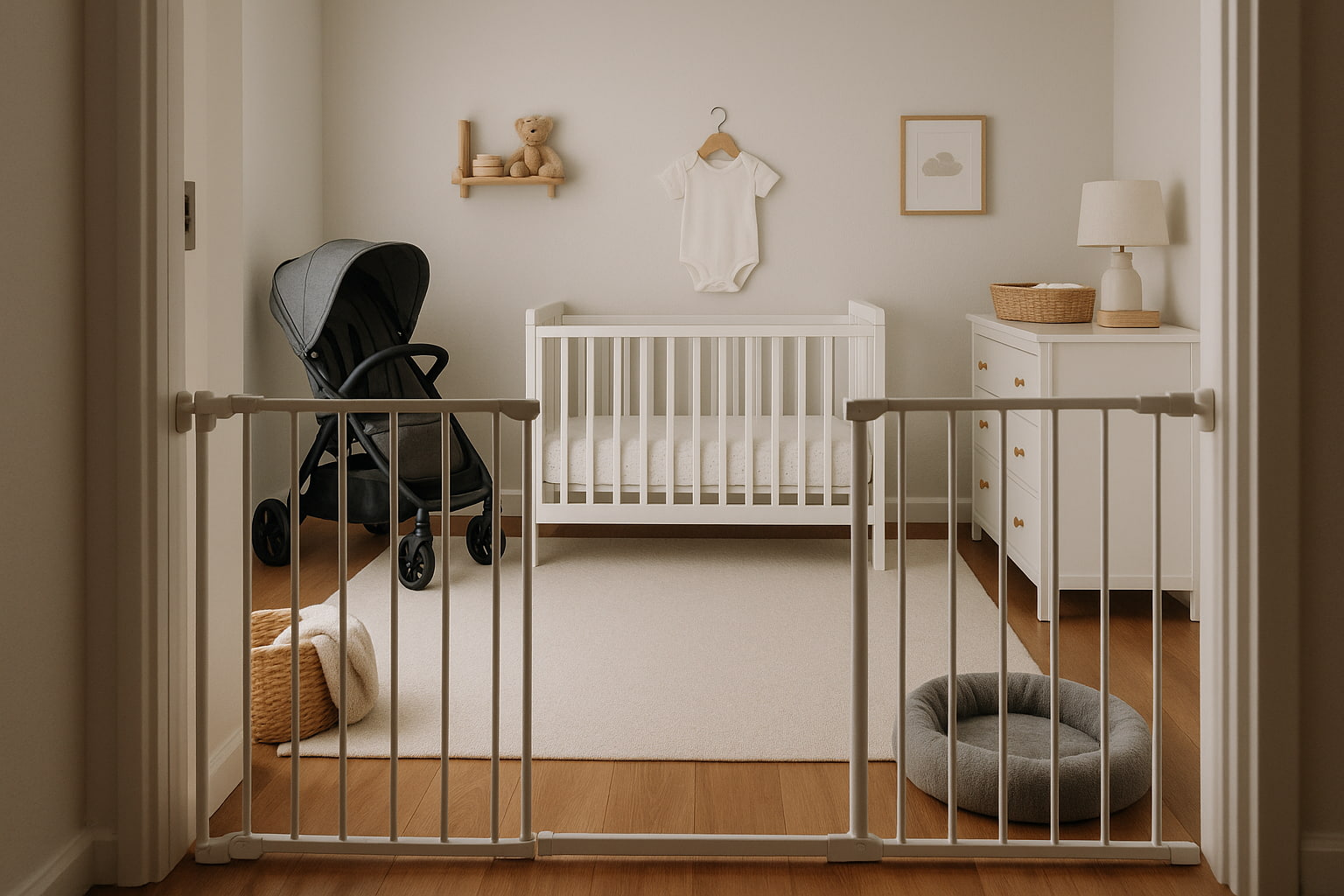
✅ Things to do before delivery day:
- Start playing baby sounds around the house so your pet gets used to crying, cooing, and gurgling.
- Let them sniff baby items like blankets, onesies, or the car seat before they’re filled with that sweet newborn scent.
- Reinforce basic commands like “sit,” “stay,” “go to bed,” and “leave it.” These will be lifesavers.
- Create pet-free baby zones using gates or room dividers.
🛋️ If you’re not sure how to set up safe spaces around the house, we’ve got a complete guide on How to create a Pet-free Zone for Your Baby that pairs perfectly with these tips.
🚪 Step 2: The First Introduction Keep It Calm
Now the big moment. You want your baby’s first meeting with your pet to be quiet and normal.
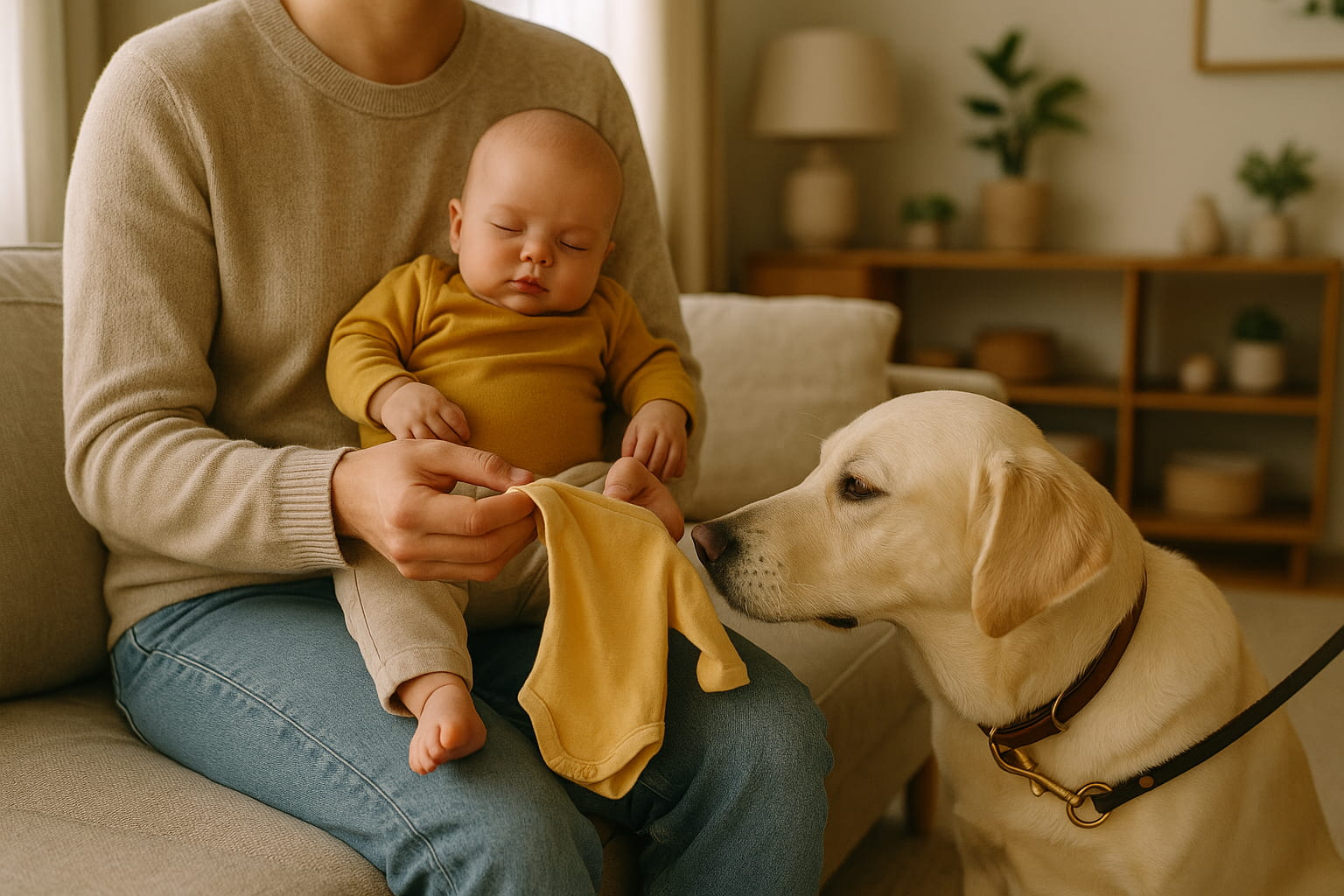
Here’s how I handled it and how you can too:
- Let your pet sniff a blanket or hat that smells like a baby first.
- Keep your pet on a leash (for dogs) or in a carrier/secure area (for cats).
- Bring your baby into the room calmly, without fanfare or tension.
- Allow your pet to come to the baby at their own pace.
- Use treats and calm praise if they behave gently.
🧠 Pro Tip: Your pet takes emotional cues from you. The calmer and more confident you are, the smoother it’ll go.
🐕 If your dog tends to get overexcited or unpredictable, understanding their body language can help you stay ahead of any issues. Check out our full guide on How to read your Pet’s Body Language Around Babies.
🧸 Step 3: Set Boundaries Early. Consistency is Key
Once the introduction is done, it’s time to set the house rules. This helps avoid confusion and builds long-term trust between your pet and your baby.
📏 Boundaries to reinforce:
- No jumping up on the crib or baby swing
- No licking the baby’s face or hands
- No entering the nursery unsupervised
And just like babies, pets love routines. So give them consistent feeding, walk, and cuddle times even with your new family rhythm.
🔄 Worried about dealing with pet behavior long-term? See how other parents are using pet gates to maintain safe, separated zones in our Top Pet Gate Picks for Baby Safety roundup.
💬 Step 4: Watch for Jealousy or Stress
Your pet is part of your family, too, and like anyone else, they can feel confused or even hurt by big changes.
🐾 Signs your pet might be struggling:
- Hiding, sulking, or ignoring you
- Excessive barking, pacing, or attention-seeking
- Going potty in unusual places (even if they’re trained)
- Reactive or excessively sticking to the baby
Don’t punish these reactions. Instead:
- Redirect their energy with play or puzzles
- Offer praise and treats for calm behavior near the baby
- Spend intentional solo time with your pet (even 10 minutes matters)
🧠 Did You Know?
Introducing your pet to your newborn can be a smooth process with proper preparation. The Oregon Veterinary Medical Association offers guidance on acclimating pets to new family members.
🔐 Step 5: Never Leave Them Unsupervised
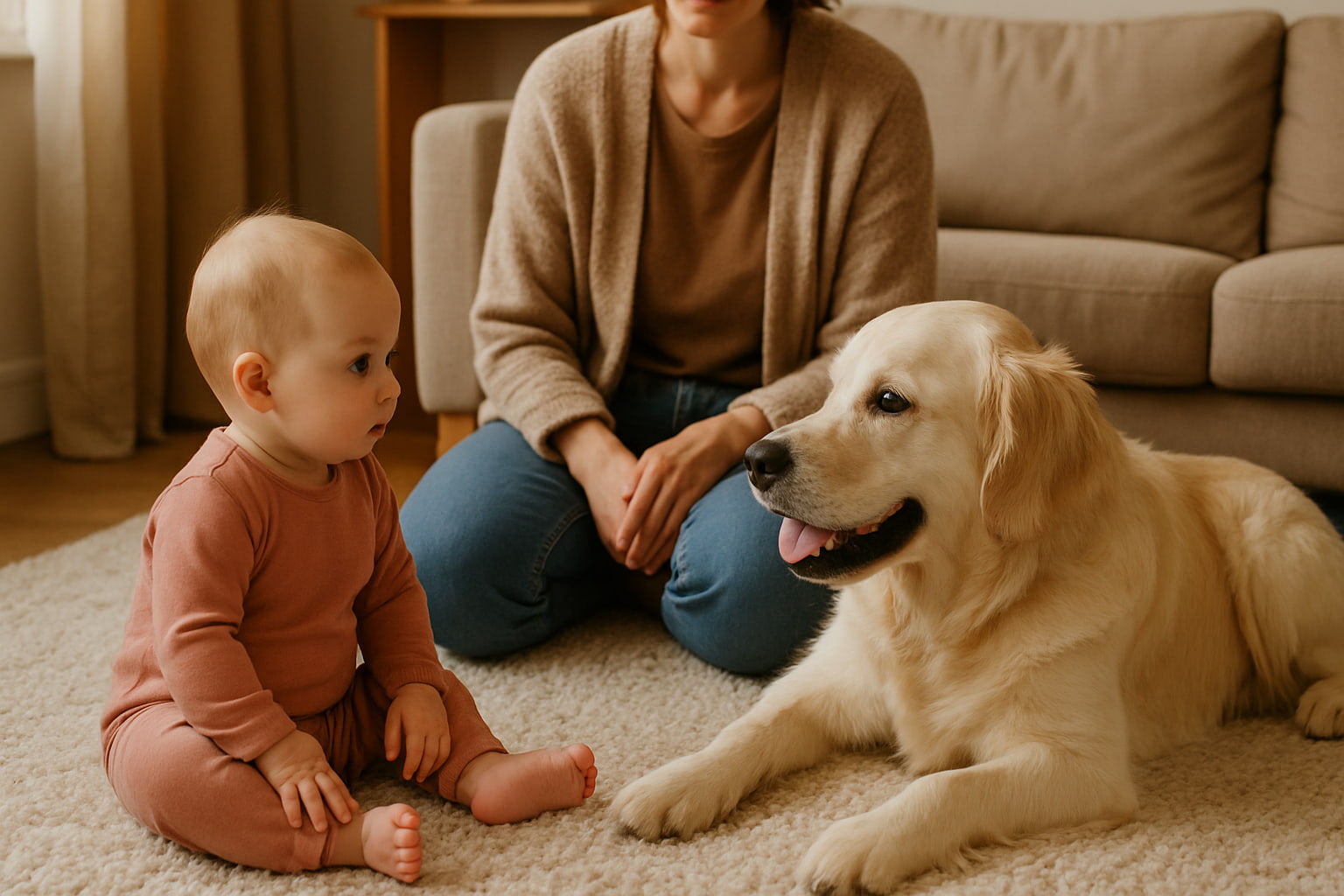
This one might seem obvious, but it’s so important. Never leave your newborn and pet alone together, no matter how cute or well-behaved they are.
Even a sudden noise or startled movement can lead to accidents.
Use pet gates, monitors, and physical barriers to give everyone the space they need safely.
❓ FAQ: Pets & Newborns
Is it possible for my pet and my baby to live together in a room?
Yes, if they have a designated bed away from the crib, and don’t jump or disturb the baby’s sleep.
Will my dog or cat be jealous of the baby?
It’s possible, especially in the early days. But most pets adjust beautifully with reassurance and structure.
How much time does a pet need to get used to a new baby?
It varies! Some pets adjust in a week, others take months. Patience is everything.
📝 Final Thoughts: A New Chapter for Everyone
Bringing your baby home is the start of something beautiful, and yes, it comes with challenges. But with calm prep, thoughtful boundaries, and a bit of patience, you can make it a smooth and loving transition for your pet, too.
Because at the end of the day, your goal isn’t just a quiet introduction. It’s a safe, happy, pet-friendly home where your baby and your pet can grow up together as best friends.
✅ Disclaimer:
This article contains general advice and insights based on personal experience and public data. It does not replace medical or veterinary guidance. Always consult your pediatrician or vet for specific safety concerns.
✍️ Written By: Find For Baby
We’re here to help parents build safe, pet-inclusive homes one gate, one cuddle, and one baby milestone at a time.
